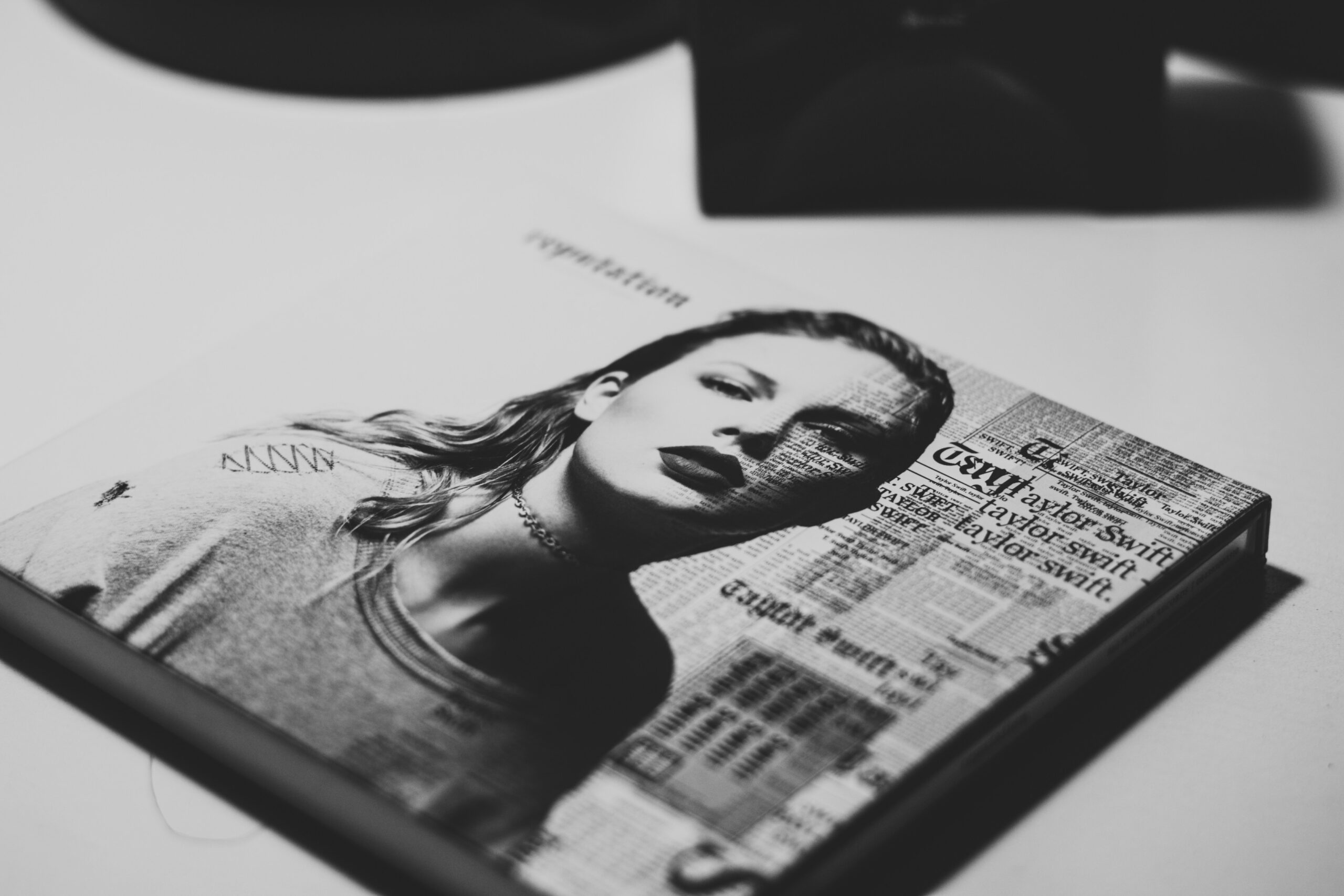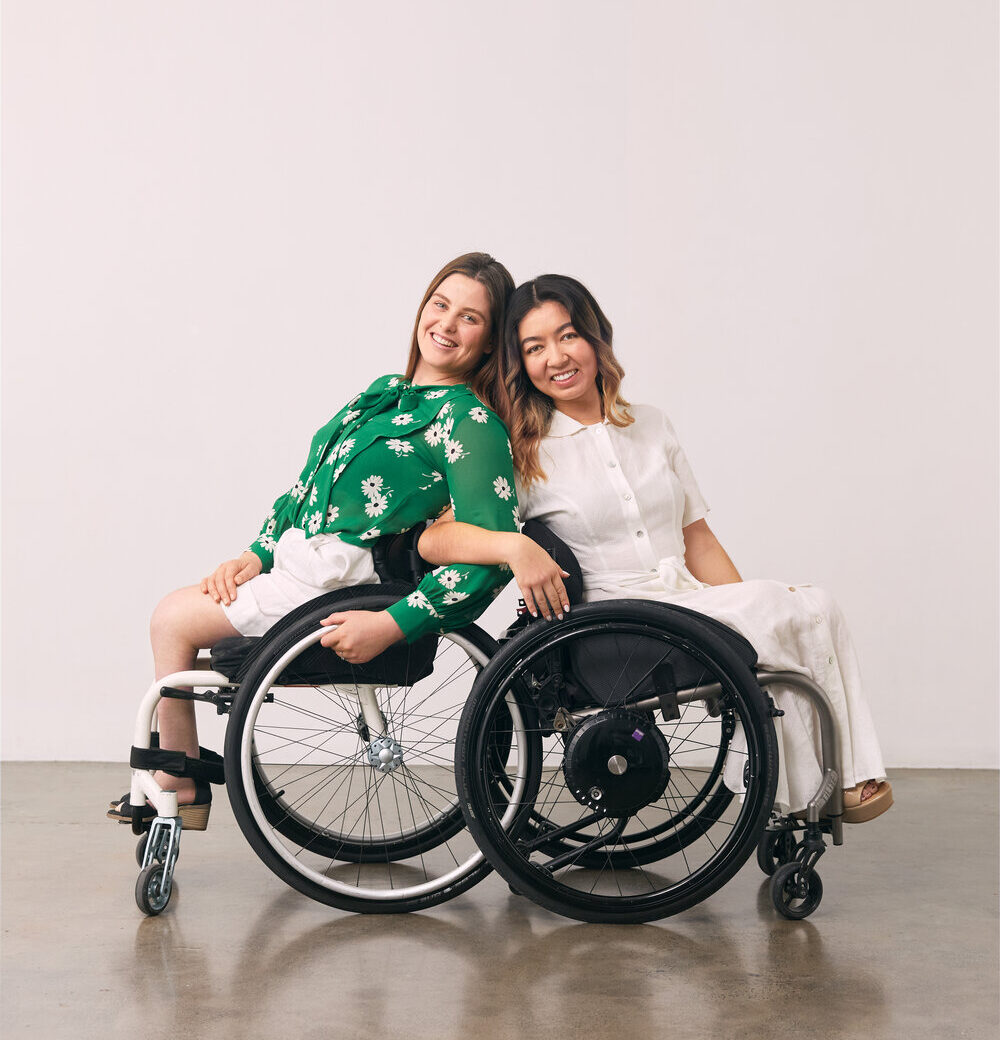
Guard your goods: How to store and share your nudes securely
Netflix’s new documentary “The Most Hated Man on the Internet” brought attention to the issue of nonconsensual distribution of intimate photos, or “revenge porn.” Even though the show’s perpetrator Hunter Moore is unlikely to strike again, thousands of others will. Below, a cybersecurity expert at NordLocker gives advice on how to safely store and share your nudes to avoid the likes of Hunter Moore. Not sharing nudes with others is the best way to avoid them getting leaked, but if you’re gonna do it, do it with security and privacy in mind.
Netflix’s new documentary “The Most Hated Man on the Internet” tells the story of Hunter Moore and his vile attempts to post stolen intimate photos on his pornographic website “Is Anyone Up?” While Hunter has already served his prison sentence and with the recent public attention is unlikely to do something like that again, the TV show brings attention to an important subject because plenty of criminals are yet to be caught.
Over a trillion pictures are taken every year. Millions of them will end up in the hands of hackers. It is vital to take measures that protect your photos, especially those that are private and intimate, because thousands of Hunter Moores exist,” says Oliver Noble, a cybersecurity expert at NordLocker.
Below, NordLocker’s Oliver Noble gives advice on how to keep your intimate pictures secure and maintain your privacy in the process.
Pay attention toto where you store your photos
Hunter Moore hacked into multiple email accounts and stole nudes straight from the victims’ emails. Even though this might seem like a rare situation, in fact, millions of online accounts are leaked every single day.
One way you can prevent your account credentials from being leaked is by using robust passwords that secure your online accounts from attacks such as brute forcing. However, an even more secure solution is to turn off automatic backup so that your nudes have no way of leaving your phone. Both Apple and Google automatically back up your photos to your other devices and their internal servers. By turning off automatic backups, your private pictures do not leave your phone, so no one with access to your Google or Apple account or access to your other devices can get their hands on your private photos.
Better yet, encrypt your pictures. Encryption software is a very potent tool that keeps your photos secure. It converts your files into a secret code that hides the information's true meaning and makes access impossible for anyone but you.
If you decidedecide to share, do it right
Studies have found that 1 in 12 adults have experienced image-based abuse. Not sharing your intimate pictures is the best way to make sure they do not fall into the wrong hands, doesn’t matter if it’s your significant other or your friend. However, if you decide to do it, do it right. Make sure to crop out your face and hide other identifying features such as tattoos, piercings, or birthmarks. Be sure to also address the background because anything – from a poster on the wall to your cat on the bed – can reveal your real identity.
From a more technical standpoint, make sure to wipe location data from the photos you want to share. This can be done through the setting in the photos app for specific photos, or if you wish to avoid location data being assigned to your photos altogether, disable your camera app’s access to your location in the device settings. However, if you decide to do it, do it right. Make sure to crop out your face and hide other identifying features such as tattoos, piercings, or birthmarks. Be sure to also address the background because anything – from a poster on the wall to your cat on the bed – can reveal your real identity.
When it comes to sharing your nudes, the app you use matters a lot. Many of the most popular messaging apps do not have security practices in place that prevent them from being hacked on their way to the recipient. Using encrypted messaging apps such as Telegram guarantees that files or messages you send reach their destination uninterrupted.However, if you decide to do it, do it right. Make sure to crop out your face and hide other identifying features such as tattoos, piercings, or birthmarks. Be sure to also address the background because anything – from a poster on the wall to your cat on the bed – can reveal your real identity.
Related Posts
Deepfake Porn: The Escalating Threat of Deepfake Nude Images
Why nonconsensual deepfake nudes will get worse before they get better
Libra encourages liberation from period stigma
Libra tackles period stigma in latest advertisement
Why simple sex still reigns supreme
Why sometimes you don't need all the bells and whistles
First Time? Here are the things you need to know about losing your virginity
Here, Healthline gives Nak-Ed its tips to come prepared for your first
ATMS Sex Survey – Stress; The unsurprising sex-life killer
Why stress the newest form of personal cock-blocking
‘What’s Wrong With You’ podcast shines a light on real and raw barriers faced by disabled community
This podcast shines a light on real and raw barriers







